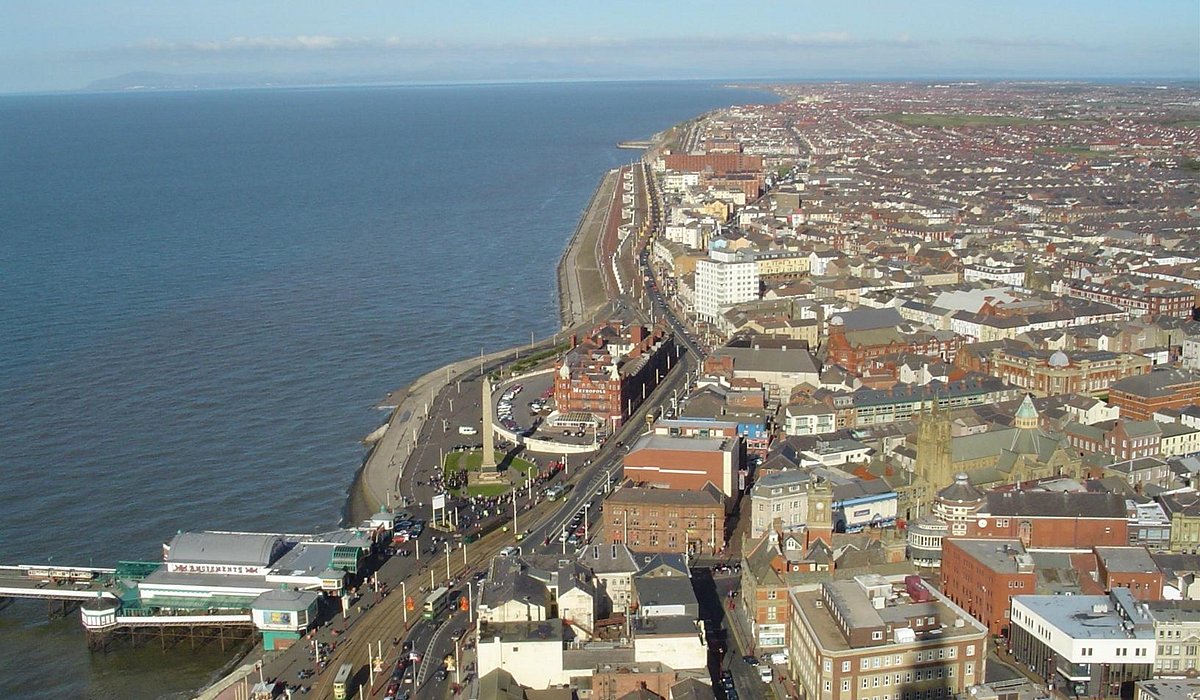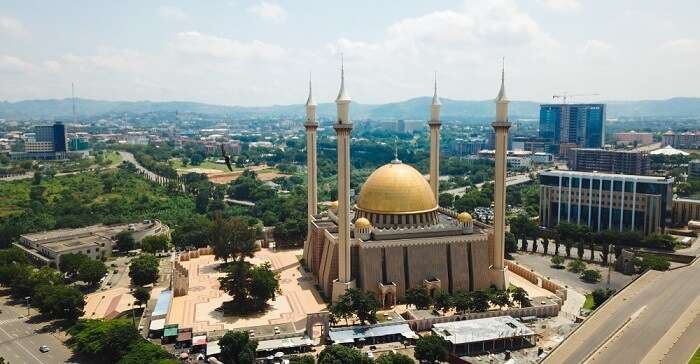Mazar-i-Sharif, one of Afghanistan’s most historically rich and culturally vibrant cities, holds a special place in the country’s heritage. Located in the north, close to the border with Uzbekistan, it is often described as the “city of saints” thanks to its deep spiritual roots and ancient monuments. With its colorful mosques, bustling bazaars, and welcoming people, Mazar-i-Sharif is a destination that combines tradition with living history. Here are the five best places to visit when exploring this remarkable city.
1. Blue Mosque (Shrine of Hazrat Ali)
The Blue Mosque, also known as the Shrine of Hazrat Ali, is the crown jewel of Mazar-i-Sharif. Famous for its striking turquoise-blue tiles that shine under the Afghan sun, the mosque is one of the most iconic landmarks in the entire country. It is believed by many that Hazrat Ali, the cousin and son-in-law of Prophet Muhammad, is buried here.
The mosque is not only a place of worship but also a symbol of peace and beauty. Visitors are mesmerized by the intricate tilework, the vast courtyard, and the flocks of white pigeons that have become a symbol of the shrine’s sanctity. During the Persian New Year celebration of Nowruz, the mosque becomes the center of festivities, attracting thousands of people from across Afghanistan.
2. Mazar-i-Sharif Bazaar
For anyone wanting to experience the heart of the city, the Mazar-i-Sharif Bazaar is the place to be. This bustling market showcases the everyday life of locals and gives visitors a chance to explore Afghan culture up close. From traditional carpets and handwoven textiles to spices, jewelry, and fresh produce, the bazaar is filled with vibrant colors and sounds.
Walking through the narrow lanes, you can find artisans creating pottery, shopkeepers selling traditional clothing, and stalls offering authentic Afghan food. Bargaining is part of the shopping culture here, and visitors often enjoy the friendly exchanges with local vendors. Beyond shopping, the bazaar is an experience that connects you to the soul of Mazar-i-Sharif.
3. Balkh – The Ancient City
Just a short distance from Mazar-i-Sharif lies Balkh, one of the oldest cities in the world. Known in ancient times as Bactra, Balkh was once a center of learning, culture, and trade along the Silk Road. Many historians call it the “Mother of Cities.”
Visitors can explore ruins that date back thousands of years, including remnants of Buddhist monasteries, Zoroastrian temples, and Islamic shrines. Balkh is also linked with the great Persian poet Rumi, whose family lived there before migrating to present-day Turkey. For travelers interested in history, Balkh provides a powerful glimpse into Afghanistan’s role as a crossroads of civilizations.
4. Khwaja Abu Nasr Parsa Shrine
The Khwaja Abu Nasr Parsa Shrine is another important religious and architectural site in Mazar-i-Sharif. Built in the 15th century, this shrine honors the memory of Khwaja Abu Nasr Parsa, a revered Islamic scholar and spiritual leader.
The shrine is a fine example of Timurid architecture, with its elegant design, domed structure, and detailed tilework. Though smaller than the Blue Mosque, it holds great spiritual significance for locals and offers a quieter, more reflective atmosphere. Visitors often find it a peaceful spot to learn about the city’s spiritual heritage and admire the artistry of Afghan builders.
5. Samangan Caves (Takht-e-Rustam)
For those willing to venture a bit further from the city, the Samangan Caves, also known as Takht-e-Rustam, are a fascinating archaeological site. Located around 80 kilometers from Mazar-i-Sharif, this complex dates back to the 4th and 5th centuries and reflects Afghanistan’s Buddhist history before the spread of Islam.
The caves were carved directly into the hillside and include monasteries, prayer rooms, and intricate carvings. The main stupa, carved from solid rock, is a unique feature that attracts historians and curious travelers alike. From the top of the site, visitors can enjoy panoramic views of the surrounding countryside, making it both a cultural and natural experience.
Conclusion
Mazar-i-Sharif is far more than just a city; it is a living museum that connects the past with the present. The breathtaking Blue Mosque, the lively bazaar, the historic ruins of Balkh, the serene Khwaja Abu Nasr Parsa Shrine, and the ancient Samangan Caves all reveal different aspects of this region’s heritage. Together, they showcase why Mazar-i-Sharif remains one of Afghanistan’s most captivating destinations.
For travelers who want to immerse themselves in history, spirituality, and authentic Afghan culture, these five places offer unforgettable experiences. Visiting Mazar-i-Sharif is not only a journey into the beauty of the north but also a reminder of Afghanistan’s enduring legacy as a crossroads of civilizations.









